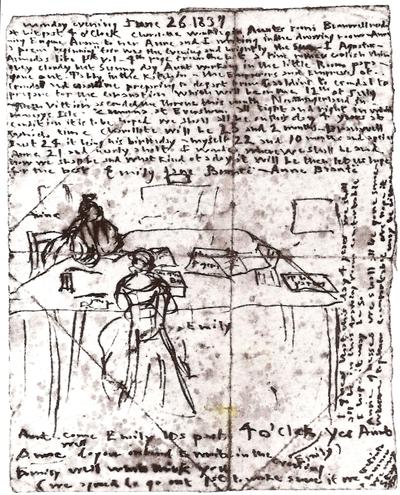



The sisters later opened up a school at their home, but had no pupils. Later, with her sister Charlotte, she attended a private school in Brussels. In 1838, Emily commenced work as a governess at Miss Patchett's Ladies Academy at Law Hill Hall, near Halifax. Little of Emily's work from this period survives, except for poems spoken by characters (Ratchford 1941). In childhood, after the death of their mother, the three sisters and their brother Branwell created imaginary lands (Angria, Gondal, Gaaldine), featuring these in stories they wrote. In 1820, the family moved to Haworth, where Emily's father was perpetual curate, and it was in these surroundings that their literary talent flourished. She was the younger sister of Charlotte Brontë and the fifth of six children. With her keen eye for psychology and characterization, Emily Brontë is not just a great Romantic novelist, but one of the greatest novelists of the nineteenth century.Įmily was born at Thornton in Yorkshire to Patrick Brontë and Maria Branwell. Wuthering Heights is not only one of the greatest novels of European Romanticism, it also presages much of the narrative complexity and style, developments in fiction which were to come in the following century. It features all the archetypes of her times-unrequited passion supernatural imagery and intense melodrama-but raises them above the level of mere romance, crafting these elements together into a work of high art. Her one novel, over which she worked like a perfectionist relentlessly, is now considered to be the apotheosis of Romantic literature.

Despite this relative isolation, Emily Brontë possessed a powerful understanding of the society in which she lived, and particularly the Romantic trends in literature and philosophy that had, during her lifetime, become immensely popular.


 0 kommentar(er)
0 kommentar(er)
